Versions Compared
| Version | Old Version 23 | New Version 24 |
|---|---|---|
| Changes made by | ||
| Saved on |
Key
- This line was added.
- This line was removed.
- Formatting was changed.
The interworks.cloud platform leverages its security component to govern the user access level, both regarding module access rights and data visibility rights. This means that an administrator of the system can decide both the interworks.cloud platform funcionality functionality (modules) that will be made available for a specific user and can even go as far as to limit the actual records the user will be available to see.
Create a New Permission Rule
You can create a permission rule to reflect the level of data visibility a user will have. Here's how:
- Navigate to BSS > Setup > Administration > Personal Setup > Permission Rules
- Click 'on the Add' button.
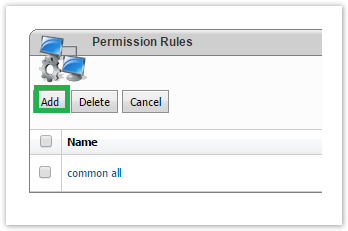 Image Removed
Image Removed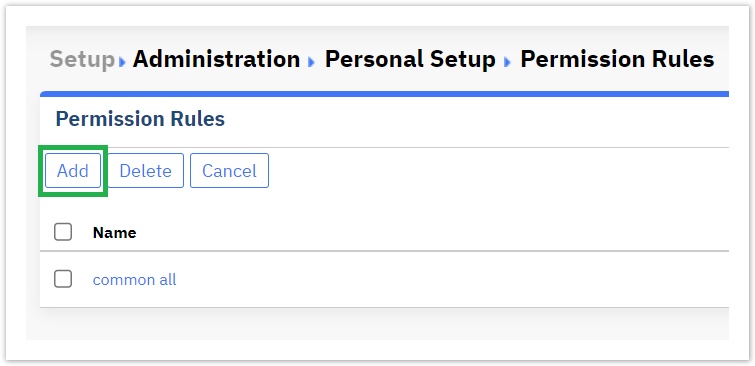 Image Added
Image Added - Fill in the name of the new rule at in the respective field.
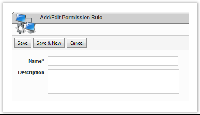 Image Removed
Image Removed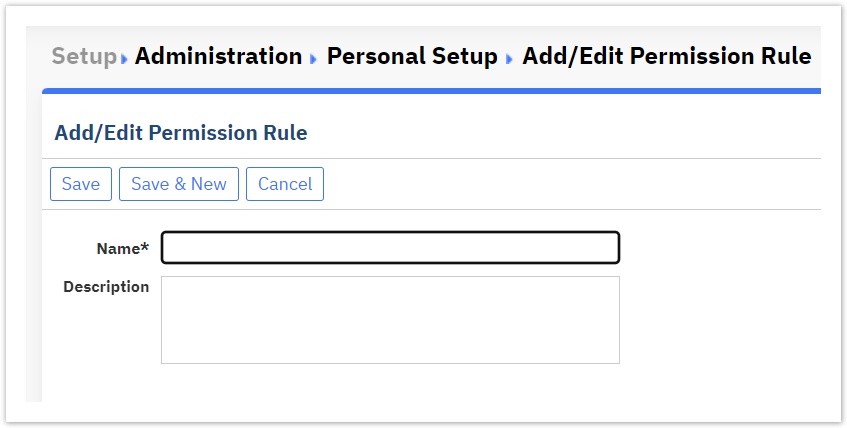 Image Added
Image Added
Select to which Modules the Rule Applies
In 'Modules Apply' you can define for which module records the rule can be used.
- Column 'Apply': Mark the entities you want to include into in the rule rule.
Column 'Default': Check the modules about with which this rule will be the default one (i.e.g. when a user creates an entity, this rule will be pre-selected in Permission Rule field).
| Rw ui textbox macro | ||
|---|---|---|
| ||
You can have only one default rule for an entity. If you already have already a default rule for an entity and you create a new rule to be the default one, the system will automatically uncheck the default option from the old rule, and it will keep it only in the new rule. |
 Image Removed
Image Removed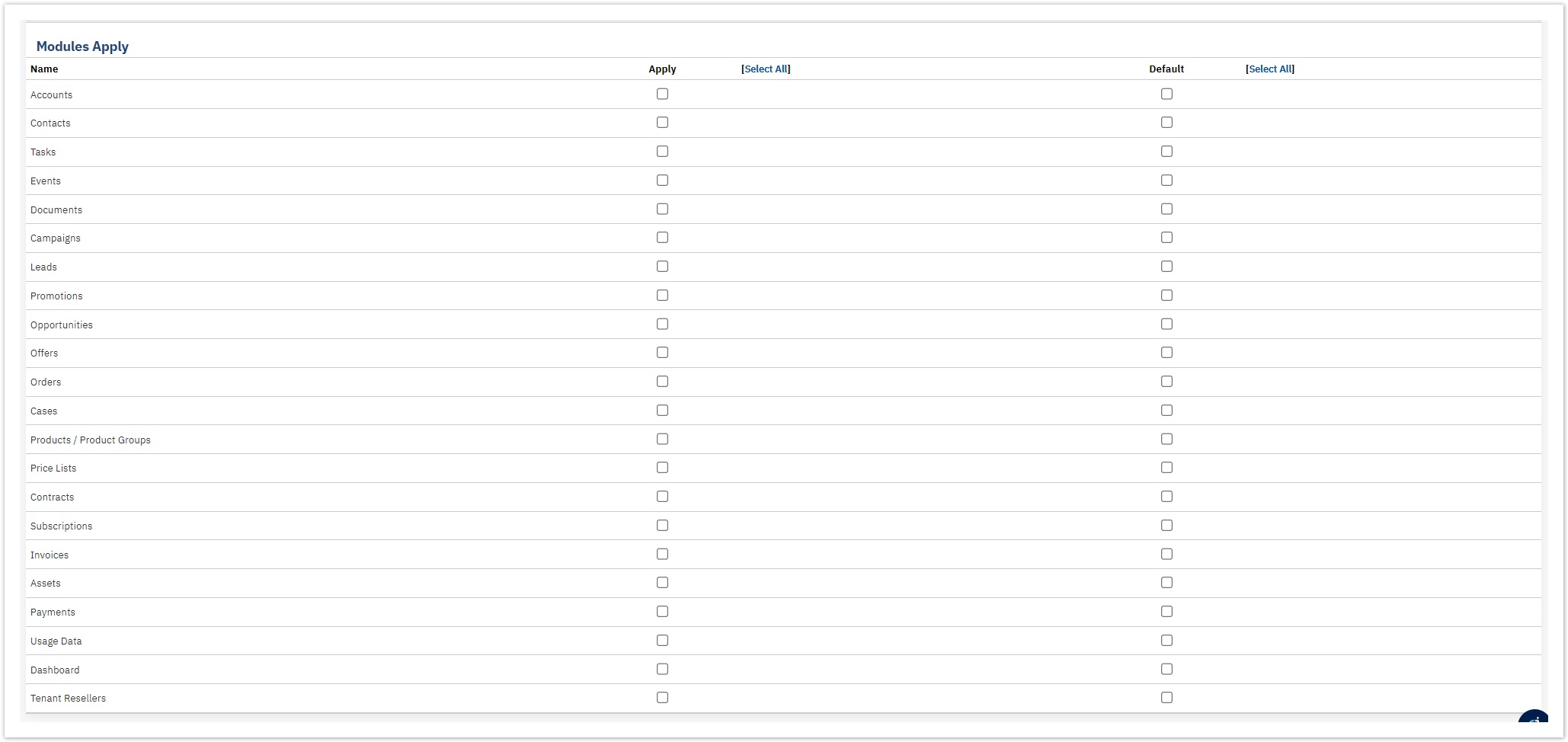 Image Added
Image Added
Define to which Users / Groups the Permission Rule will Grant Access
The next step is to define which users/groups will be able to view the record created using the permission rule. For each user/group, you can also define what the type of access they will have.
- Locate 'Users/Groups' section and click 'Add'
 Image Removed
Image Removed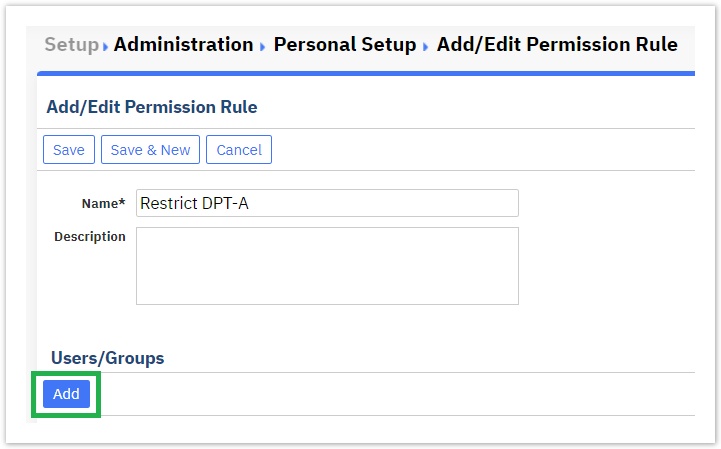 Image Added
Image Added - Select the users or user groups you want. The selected users/groups will be inserted under the section.
 Image Removed
Image Removed Image Added
Image Added - Define the type of access each user/group will have: read-only, edit, or full access.
 Image Removed
Image Removed Image Added
Image Added
Define the Users that can Use the Rule
The last step is to define which user can use this rule when they create a new record.
- Select the 'Sharing' option
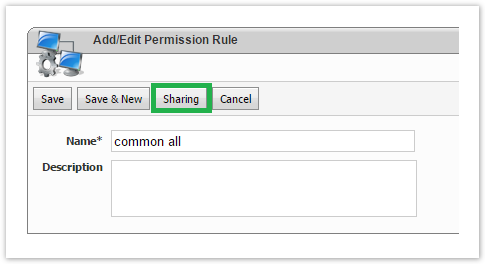 Image Removed
Image Removed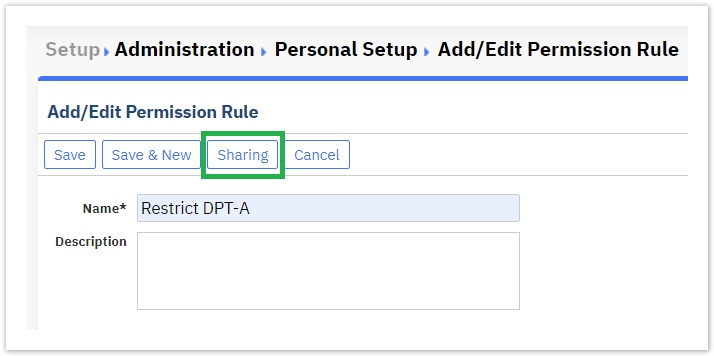 Image Added
Image Added - Select the users/groups you want. Then select the access rights for the rule.
- View: The user will be able to use this rule he creates a new record, but he will not be able to amend the permission rule from the BSS Setup area
- Write: The user will be able to use this rule when he creates a new record, but he will also be able to amend the permission rule from the BSS Setup area
- Delete: The user will be able to use this rule when he creates a new record, but he will also be able to amend or delete the permission rule from the BSS Setup area
- Compulsory. The user will be able to use only this rule when he creates a record but he will not be able to amend the permission rule from the BSS Setup area.
| Rw ui textbox macro | ||
|---|---|---|
| ||
Give edit/delete rights for the permission rule only to the admin user We suggest the permission rules be managed only from by the admin user, and the rest users to have only "Read-only" or "Compulsory" rights. With this approach, you will be sure that the users cannot amend the permission scheme your administrator defined. |
| Rw ui textbox macro | ||
|---|---|---|
| ||
Use the Compulsory option for all your users if possible In order to be sure that your permission scheme will be enforced automatically by the system and not letting allowing the users to bypass it, ; use the compulsory option for the majority most of your users. Make an exception only for your senior managers that they probably have the need to either share a record to with their team or only to with the rest of the management team. |
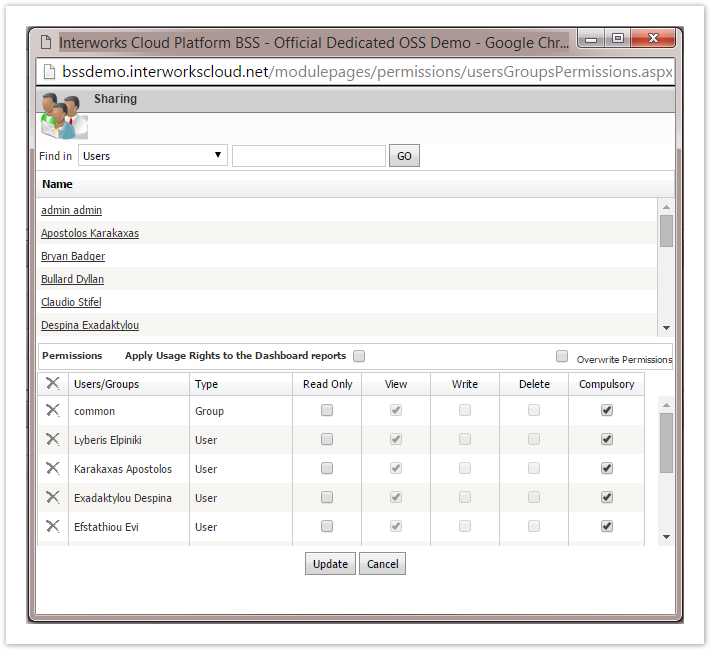 Image Removed
Image Removed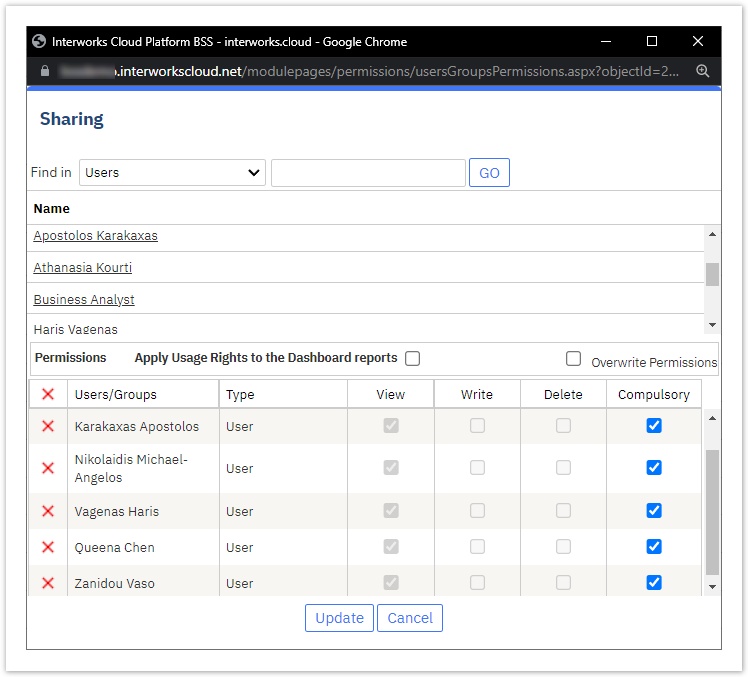 Image Added
Image Added